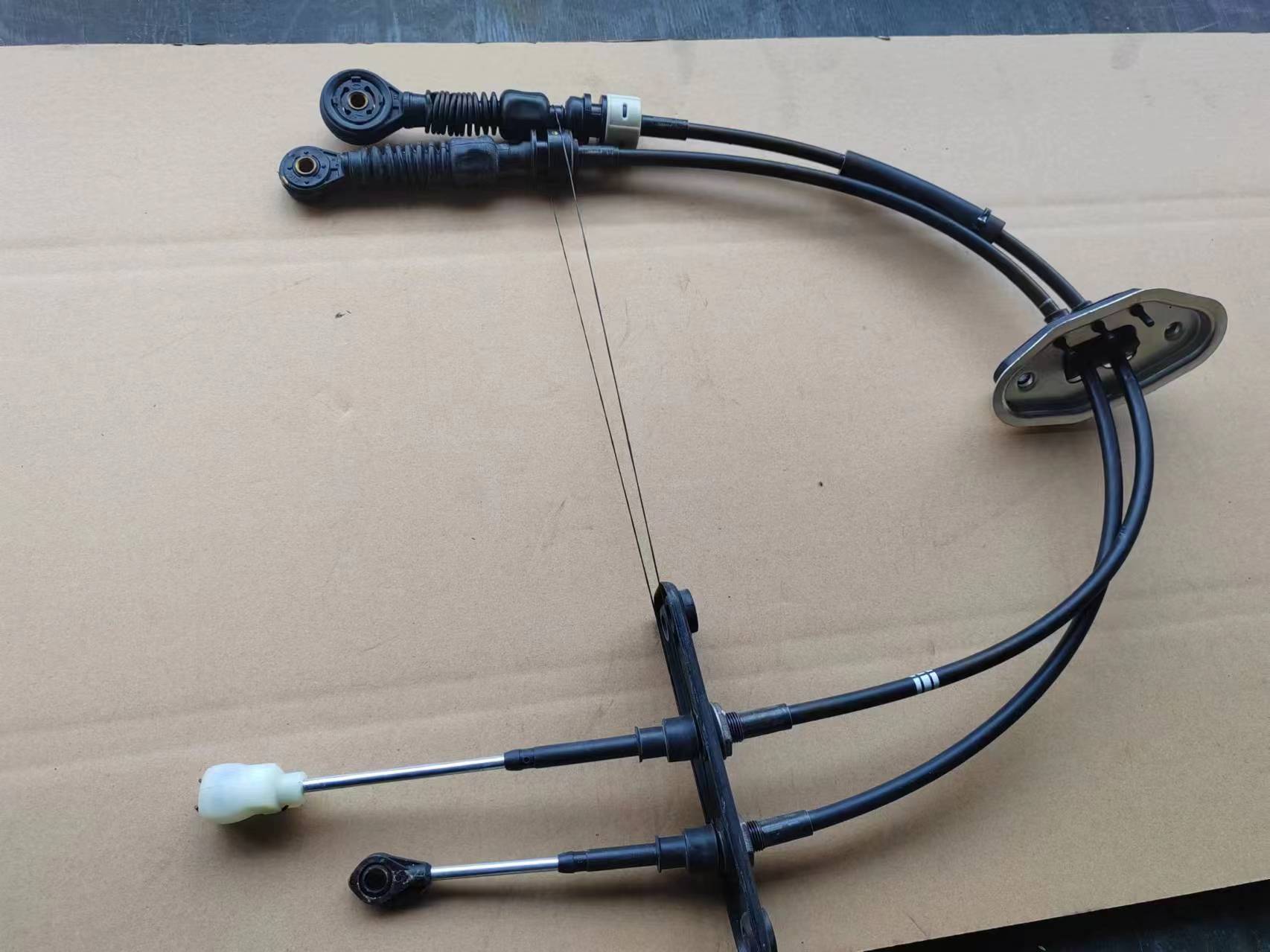Understanding the Importance of Clutch Hoses for Optimal Vehicle Performance and Safety Benefits
Understanding Clutch Hoses Importance and Maintenance
Clutch hoses are an essential component of a vehicle's hydraulic system, playing a crucial role in the operation of the clutch mechanism. These hoses are responsible for transmitting hydraulic fluid from the master cylinder to the slave cylinder, allowing the driver to engage and disengage the clutch smoothly. As with any automotive component, maintaining the clutch hose is vital for ensuring optimal performance and prolonging the life of the vehicle.
The Function of Clutch Hoses
Clutch hoses are typically made from high-quality rubber or reinforced materials designed to withstand high pressure and temperature. When the driver presses the clutch pedal, the master cylinder generates hydraulic pressure, forcing fluid through the clutch hose to the slave cylinder. This pressure enables the slave cylinder to either engage or disengage the clutch, allowing for smooth gear transitions. Without a functioning clutch hose, the hydraulic pressure cannot be maintained, resulting in clutch slippage or inability to shift gears.
Signs of a Failing Clutch Hose
Like other components in a vehicle, clutch hoses are susceptible to wear and tear over time. It's essential for drivers to be vigilant about signs that may indicate a failing clutch hose. Common symptoms include
1. Fluid Leaks One of the most obvious signs of a failing clutch hose is the presence of brake fluid under the vehicle. If you notice any fluid pooling beneath the car or along the hose, it could indicate a leak that needs immediate attention.
2. Spongy Clutch Pedal A spongy or soft clutch pedal often signals air in the hydraulic system or a leak in the clutch hose. If the pedal feels less responsive or sinks to the floor, the clutch hose may need inspection or replacement.
clutch hose

4. Overheating Over time, high temperatures can cause a clutch hose to degrade. If you frequently notice that your clutch system is overheating, inspect the hose for any signs of damage or wear.
Maintenance Tips
To ensure the longevity of your clutch hoses, regular maintenance is key. Here are some tips for keeping them in good condition
1. Visual Inspections Regularly check the condition of your clutch hoses for signs of wear, cracks, or leaks. Early identification of issues can help prevent more severe problems down the road.
2. Fluid Checks Monitor the level and condition of the hydraulic fluid in the clutch reservoir. If the fluid appears dark or contaminated, it may need to be replaced. Additionally, low fluid levels could indicate a leak in the clutch hose.
3. Professional Inspections Consider scheduling professional maintenance checks, especially before long trips. Mechanics can assess the entire hydraulic system, including the clutch hose, to ensure everything is functioning correctly.
4. Prompt Repairs If you identify any issues with the clutch hose, address them immediately. Ignoring these problems can lead to more significant issues, which can be costly and inconvenient.
Conclusion
Clutch hoses are a critical aspect of any manual transmission vehicle, significantly impacting the performance and reliability of the clutch system. Regular inspections and timely maintenance can prevent a host of issues, ensuring that your vehicle remains in peak operating condition. By being proactive about the health of your clutch hoses, you can enhance your driving experience and extend the life of your vehicle.
-
Upgrade Your Control with Premium Throttle CablesNewsAug.08,2025
-
Stay in Control with Premium Hand Brake CablesNewsAug.08,2025
-
Experience Unmatched Performance with Our Clutch HosesNewsAug.08,2025
-
Ensure Safety and Reliability with Premium Handbrake CablesNewsAug.08,2025
-
Enhance Your Vehicle with High-Performance Clutch LinesNewsAug.08,2025
-
Elevate Your Ride with Premium Gear CablesNewsAug.08,2025
